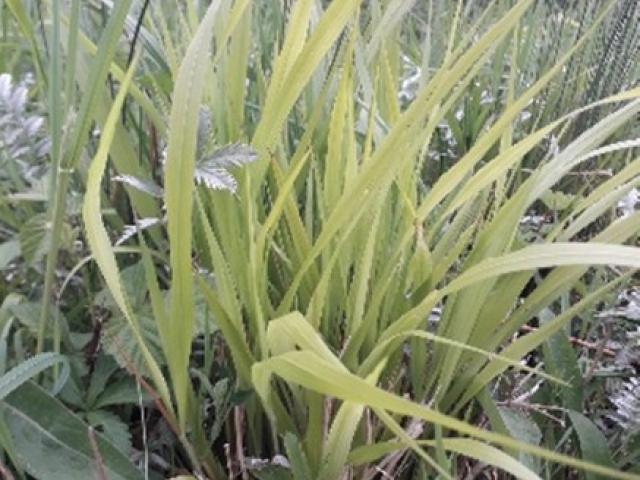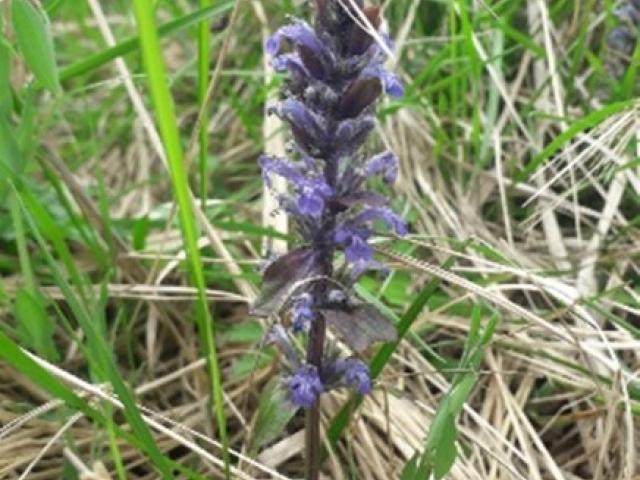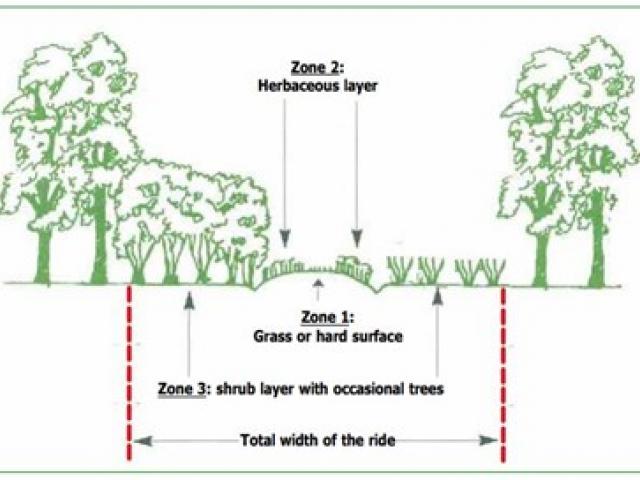The royal hunting grounds, Rockingham Forest, established in Norman times, was selected for the reintroduction of the Chequered Skipper with the last record of this butterfly in England dating back to 1976.
Rockingham Forest, the Norman royal hunting grounds, is the location of the last English record of the Chequered Skipper before it was lost to the country in 1976. With numerous interconnected, suitable woodland sites in the area, it is hoped that the future expansion of the Chequered Skipper will be possible when one day there will be a dynamic metapopulation across Rockingham Forest.
A plentiful supply of caterpillar foodplants (Wood Small Reed and False Brome), key nectar sources (such as Bugle), and the right balance of woodland management will be essential for the continued success of this species. Therefore, this summer our Skipper Rangers have been given the momentous task of surveying all the key rides across 22 Rockingham Forest sites, totalling over 160 rides. Their task has been to identify grasses (foodplants and contra indicators), flowering plants (nectar sources), vegetation heights (extent of scrubbing up), ride widths, and tree heights (extent of shadowing impacts).


This extensive data will be able to inform winter habitat management work needing to be done in coming years, such as where ride widening and mulching is most urgently required and where this work would have the most potential to have a positive impact.
An ideal ride can be seen below, with a variety of structures and heights, forming a dynamic environment to suit the various needs of a butterfly throughout its life cycle.



